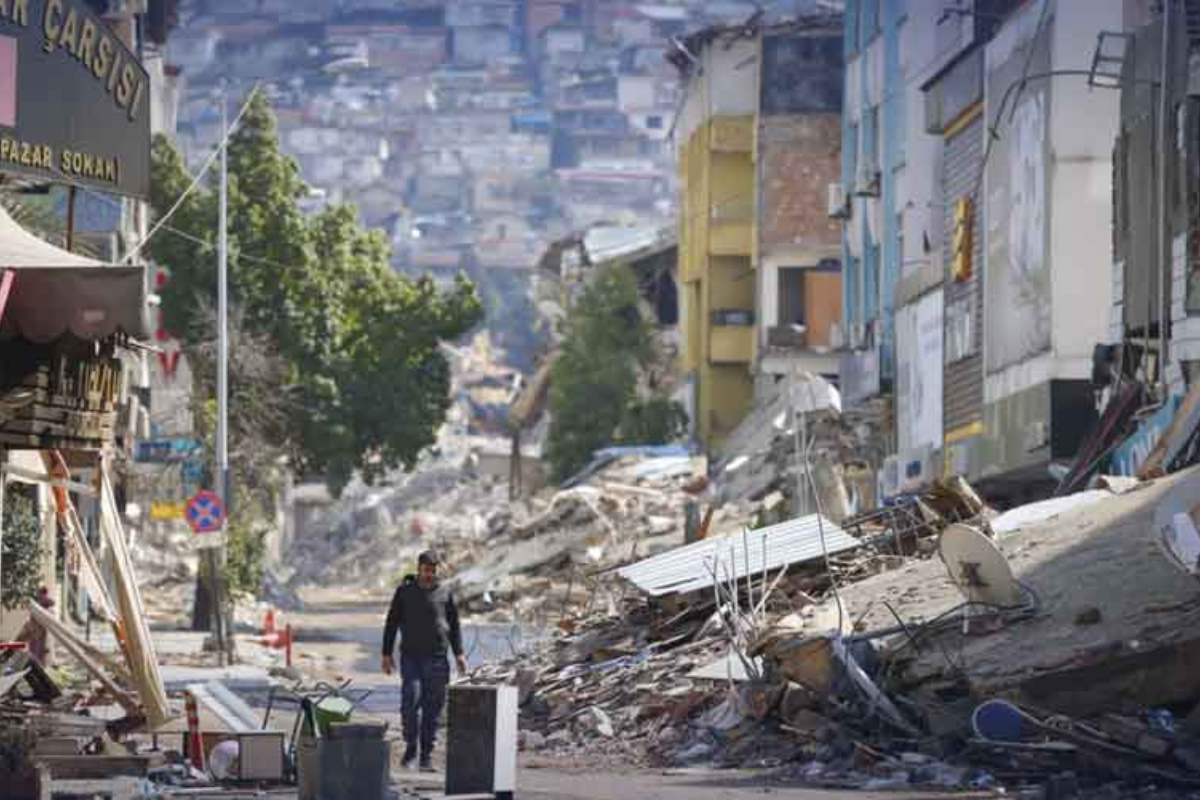- A cave-diving archaeologist on Mexico’s Caribbean coast says he found a skeleton.
- Octavio del Rio says the cave was flooded at the end of the last ice age 8,000 years ago.
- The site is near where the Mexican government plans to build a high-speed tourist train.
According to a cave-diving archaeologist on Mexico’s Caribbean coast, a prehistoric human skeleton was discovered in a cave system that was flooded at the conclusion of the last ice age 8,000 years ago.
Octavio del Rio and fellow diver Peter Broger said they discovered the broken head and skeleton in a cave near where the Mexican government plans to build a high-speed tourist railway through the jungle.
Given the distance from the cave entrance, the skeleton could not have arrived without contemporary diving equipment and must be over 8,000 years old, according to Del Rio, who is alluding to the period when increasing sea levels flooded the tunnels.
“There you have it. “We don’t know if the body was put there or if this person died there,” Del Rio said.
He stated that the skeleton was discovered about 26 feet underwater, roughly a third of a mile into the cave system.
[embedpost slug=”due-to-climate-change-prehistoric-spanish-stonehenge-has-reemerged/”]
Some of the earliest human remains in North America have been discovered in sinkhole caves known as cenotes on the country’s Caribbean coast, and scientists warn the Mexican government’s Maya Train tourism project is threatening some of those caves.
Del Rio, who has previously collaborated with the National Institute of Anthropology and History on projects, said he has informed the institute of the discovery.
The institution did not react promptly to inquiries about whether it plans to investigate the site.
Del Rio, on the other hand, stated on Tuesday that institute archaeologist Carmen Rojas informed him that the site has been recorded and would be researched by the institute’s Quintana Roo state branch Holocene Archaeology Project.
The cave, he claimed, was near where the government had chopped down a section of jungle to create railroad tracks and may be collapsed, poisoned, or closed off by the building project and following development.
“There is a lot more investigation that needs to be done in order to accurately interpret” the discovery, Del Rio said, adding that “dating, some kind of photographic studies, and some collection” will be required to determine the skeleton’s age.
[embedpost slug=”monumental-camel-sculptures-in-arabia-are-prehistoric/”]





















